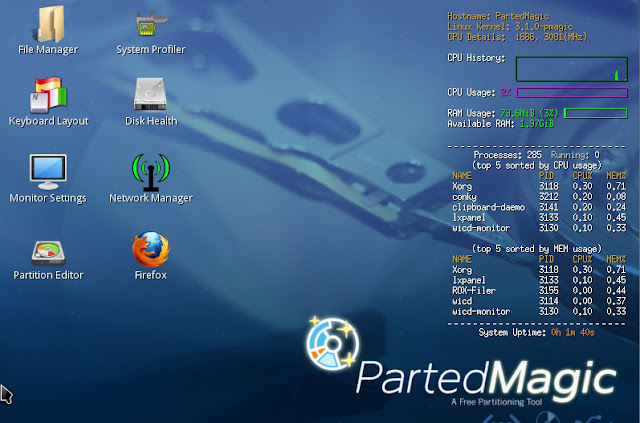'Steel towers' isn't exactly a phrase that would make someone immediately think about PC cases, but the words are, in this case, quite descriptive of the two enclosures that Gigabyte created for desktop PCs.
The reason why steel and tower both accurately capture part of the essence of the two products that Gigabyte made is because the GZ-G1 and GZ-G1 Plus, as they are called, are desktop cases that feature the tower form factor and a steel structure.
They aren't the only ones of their kind either, as the GZ-G series also includes the GZ-G2 and GZ-G2 Plus.
The whole product line can be found here, on the company's official website.
The only difference between the GZ-G1 and the GZ-G1 Plus is that the latter has an extra fan of 120mm and a pair of USB 3.0 ports over what the former offers.
Everything else is the same, so prospective buyers can be reasonably certain that their prices won't be very different either.
It isn't known when, exactly, those tags are disclosed, unfortunately, but it shouldn't take overly long.
That said, there are six internal 3.5-inch drive bays, as well as a pair of exposed 5.25-inch bays, for ODDs (optical disk drives) or other things.
Meanwhile, the inside of the case is ventilated by two 120mm fans set on the front (the Plus has that extra 120mm fan at the top).
Gigabyte also took enthusiasts into account and made sure there were three pre-drilled watercooling holes at the back of the chassis.
As for everything else, a convex side panel lets cables more easily be stuffed behind the motherboard tray, and a front I/O panel grants access to two USB 2.0 ports and a pair of audio jacks (Plus has the aforementioned USB 3.0 as well).
The Gigabyte GZ-G1 and GZ-G1 Plus are colored black and can hold micro ATX and ATX motherboards.



 11/11/2011 11:39:00 PM
11/11/2011 11:39:00 PM
 dannzfay
dannzfay


























